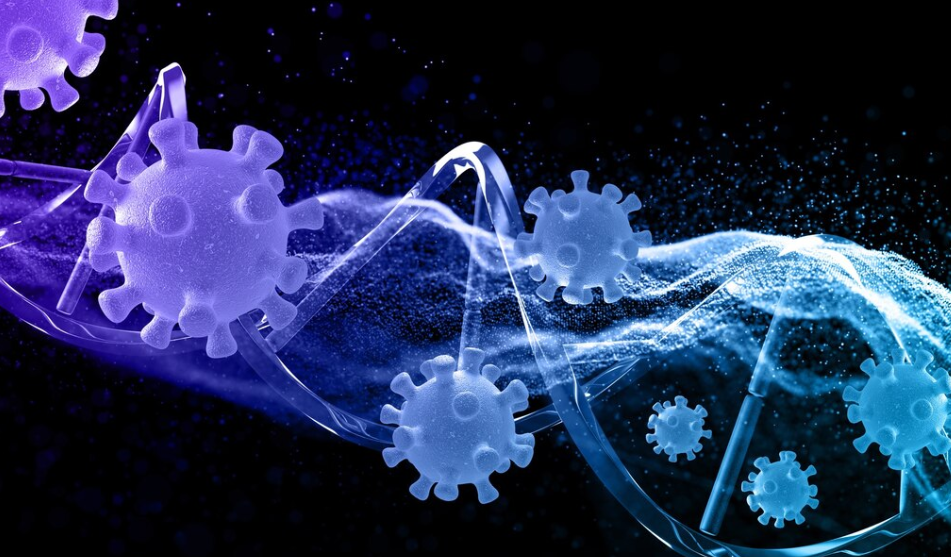Introduction
The manufacturing industry is undergoing a radical transformation, driven by advancements in robotics and artificial intelligence (AI). From automation in production lines to smart factory systems, these technologies are reshaping how goods are designed, produced, and delivered. Robotics and AI are not just improving productivity—they are opening up new possibilities for innovation, efficiency, and flexibility within manufacturing environments.
The Role of Robotics in Modern Manufacturing
Robots have been a fixture in manufacturing for decades, primarily in the form of industrial robotic arms. However, recent advances have expanded their capabilities beyond simple, repetitive tasks. Today, robotics is playing a key role in areas like precision assembly, quality control, and even logistics.
1. Automation in Production Lines
Robotic systems are widely used for repetitive tasks such as welding, painting, and assembly. Unlike human workers, robots can work continuously without breaks, reducing production time and boosting overall efficiency. With the ability to perform tasks with high precision and consistency, robots help manufacturers meet high-quality standards while minimizing errors and waste.
2. Collaborative Robots (Cobots)
While traditional robots operate in isolation, collaborative robots (cobots) are designed to work alongside human workers. These robots assist with tasks that require human judgment while handling the more physically demanding or dangerous aspects of the job. This collaboration between humans and robots enhances productivity and reduces the risk of injuries in the workplace.
3. Logistics and Warehouse Automation
Robotic systems also play an integral role in material handling and logistics. Automated Guided Vehicles (AGVs) transport goods through factories and warehouses, improving inventory management and reducing human error. Robots can also perform sorting, picking, and packing tasks in warehouses, speeding up the fulfillment process and reducing operational costs.
AI’s Impact on Manufacturing
Artificial Intelligence is transforming manufacturing in profound ways by providing machines with the ability to think, learn, and adapt. AI applications in manufacturing span a wide range of functions, from predictive maintenance to supply chain optimization.
1. Predictive Maintenance
AI-powered systems can analyze data from sensors embedded in machines to predict when equipment is likely to fail. By identifying potential issues before they occur, manufacturers can schedule maintenance and repairs, reducing downtime and avoiding costly breakdowns. This proactive approach not only saves money but also extends the lifespan of machinery.
2. Quality Control and Inspection
AI enables faster and more accurate inspection processes, using computer vision systems to detect defects in products at various stages of production. Unlike human inspectors, AI systems can analyze large volumes of data in real-time and identify even the smallest inconsistencies, ensuring that only high-quality products reach consumers.
3. Supply Chain Optimization
AI can also optimize supply chains by analyzing data from multiple sources to forecast demand, track inventory, and suggest the most efficient distribution strategies. With AI-driven systems, manufacturers can respond more quickly to fluctuations in market conditions, reducing lead times and improving overall supply chain resilience.
4. Customization and Flexible Manufacturing
With the help of AI, manufacturers can create more flexible and customizable production processes. AI algorithms analyze customer preferences, enabling manufacturers to design products tailored to individual needs without sacrificing efficiency. This flexibility allows businesses to scale their operations and offer personalized products, giving them a competitive edge in the market.
The Benefits of Robotics and AI in Manufacturing
The integration of robotics and AI into manufacturing processes brings numerous benefits, including:
- Increased Efficiency: Automation accelerates production processes, reduces bottlenecks, and ensures consistent output.
- Cost Reduction: Robotics and AI optimize resource utilization, cut labor costs, and minimize waste.
- Enhanced Safety: By taking on hazardous tasks, robots reduce the risk of accidents and injuries in the workplace.
- Improved Product Quality: AI-powered quality control ensures that products meet high standards, with fewer defects.
- Flexibility and Agility: With AI and robots, manufacturers can quickly adapt to changes in demand and product customization.
Challenges in Adopting Robotics and AI
While the potential of robotics and AI in manufacturing is immense, several challenges need to be addressed:
- High Initial Investment: The upfront cost of implementing AI and robotics can be significant, especially for small to medium-sized enterprises (SMEs).
- Integration with Legacy Systems: Many manufacturers operate on older systems that may not be compatible with modern AI and robotic technologies. Integrating new technologies into existing infrastructures can be complex and costly.
- Workforce Displacement: The adoption of robotics and AI may lead to job displacement for workers who perform tasks that robots can handle. Retraining and reskilling the workforce will be crucial to mitigate these effects.
- Cybersecurity Risks: As manufacturing processes become more connected and reliant on AI, the risk of cyberattacks increases. Manufacturers must invest in robust cybersecurity measures to protect sensitive data and maintain operational integrity.
The Future of Robotics and AI in Manufacturing
Looking ahead, the role of robotics and AI in manufacturing will continue to evolve. The next wave of innovation will likely include:
- AI-Driven Design: AI tools will assist engineers and designers in creating products that are more innovative, cost-effective, and sustainable.
- Autonomous Manufacturing Systems: Fully autonomous factories, where robots and AI work together without human intervention, will become more common.
- 3D Printing and Additive Manufacturing: Robotics and AI will further advance 3D printing, enabling more efficient and flexible production of complex parts and products.
Conclusion
Robotics and AI are fundamentally changing the landscape of manufacturing, offering new opportunities for increased productivity, improved quality, and greater flexibility. While there are challenges in adopting these technologies, the potential benefits far outweigh the obstacles. As robotics and AI continue to advance, they will reshape the manufacturing industry, driving innovation and helping companies stay competitive in an increasingly digital world.


